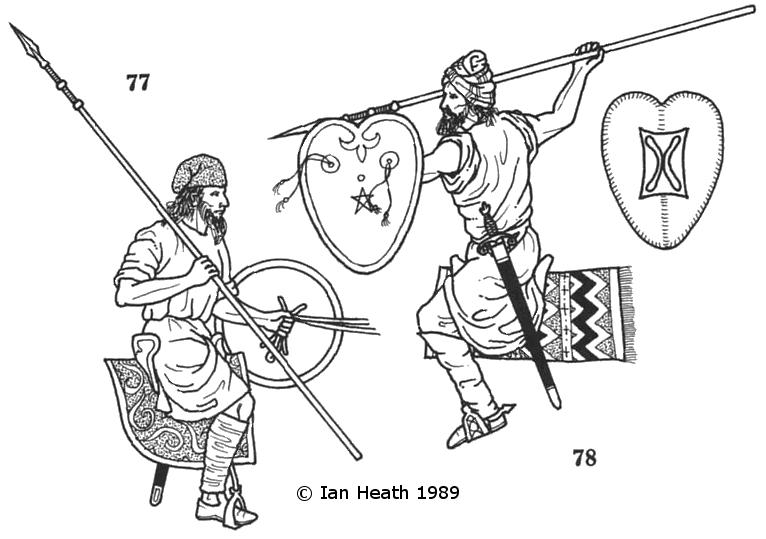
Try Amazon Audible Plus
BERBER AND ANDALUSIAN LIGHT CAVALRYMEN, 12th-13th CENTURIES
An extract from Armies of Feudal Europe 1066-1300by Ian Heath
 | |
| [Based on Moors in the murals de la conquesta de Mallorca 1285-1290] | [Based on Cantiga 181, Panel 6 of Cantiga 99 & Panel 5 of Page 2 of Cantiga 165] |
